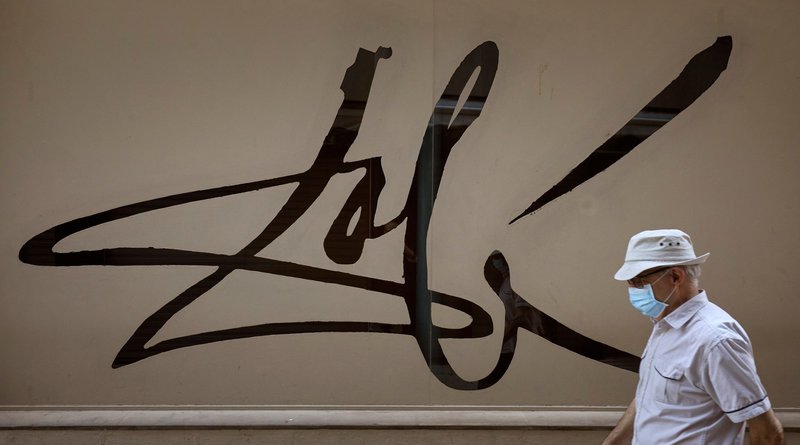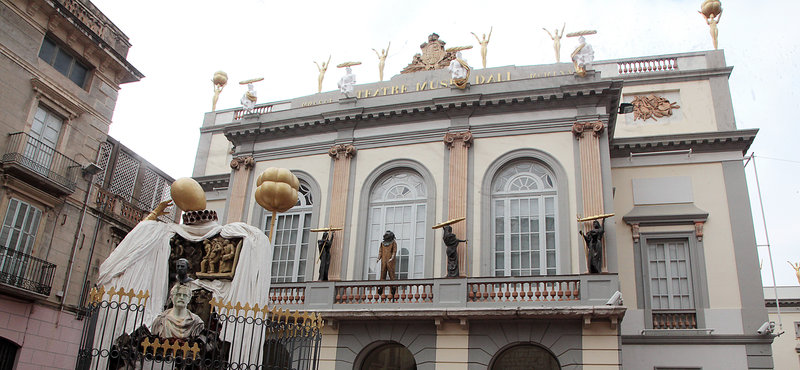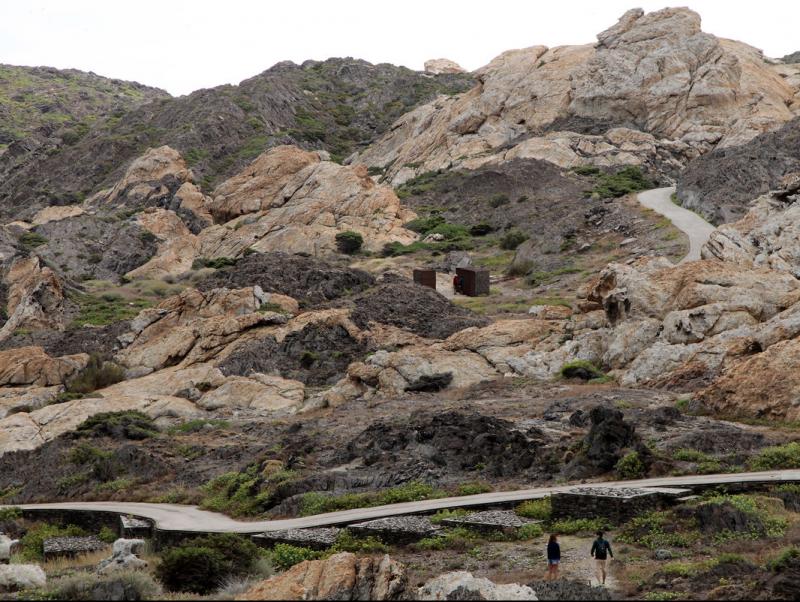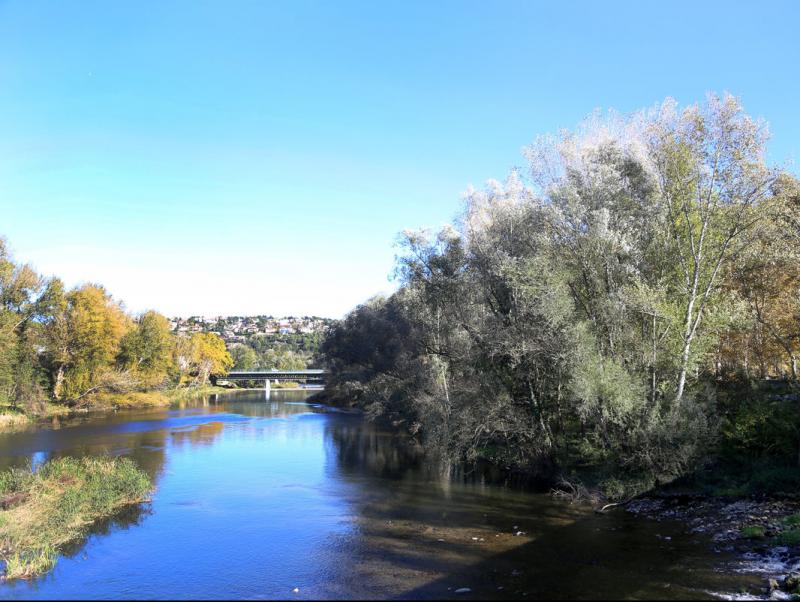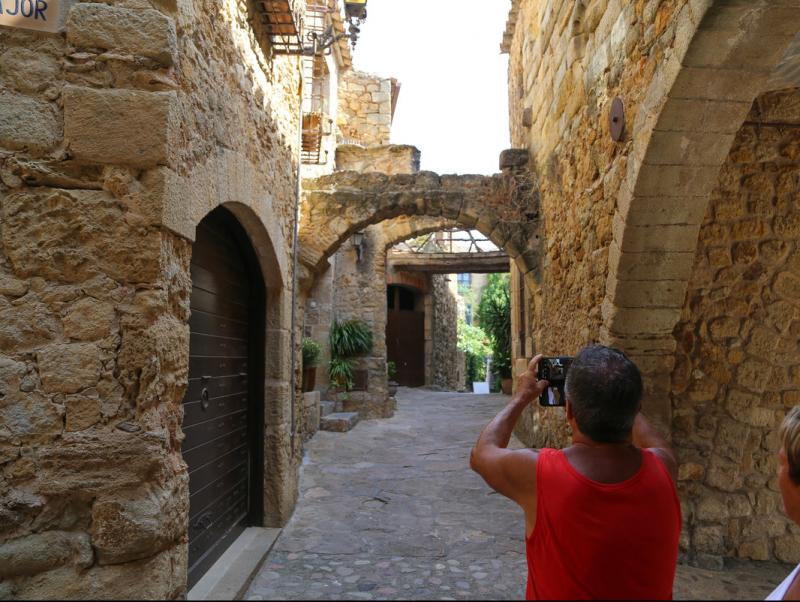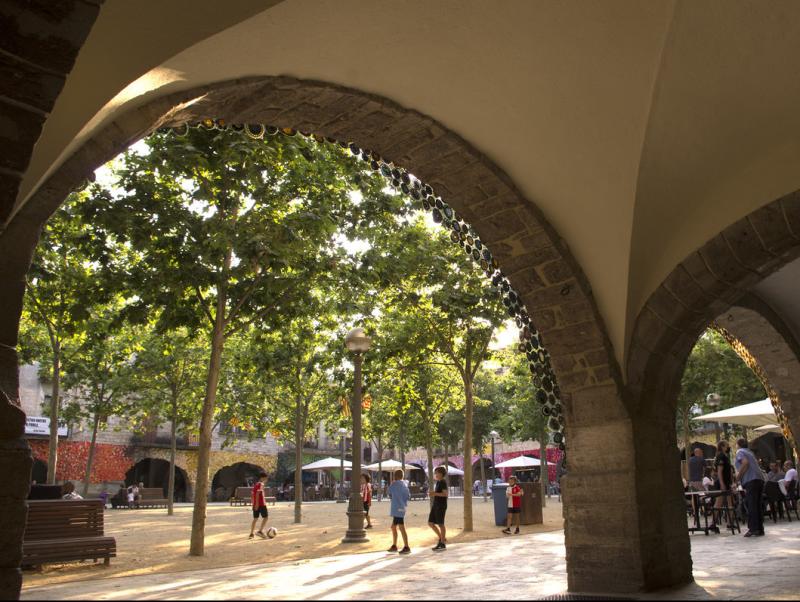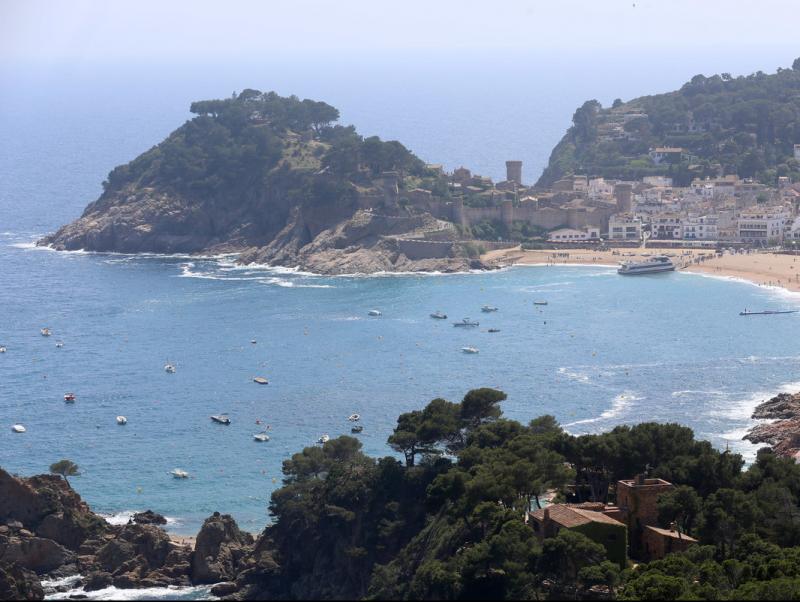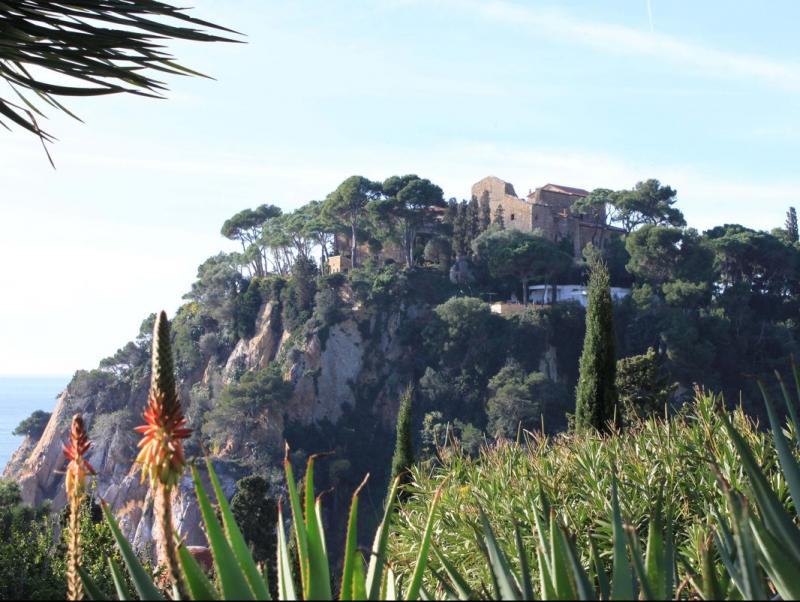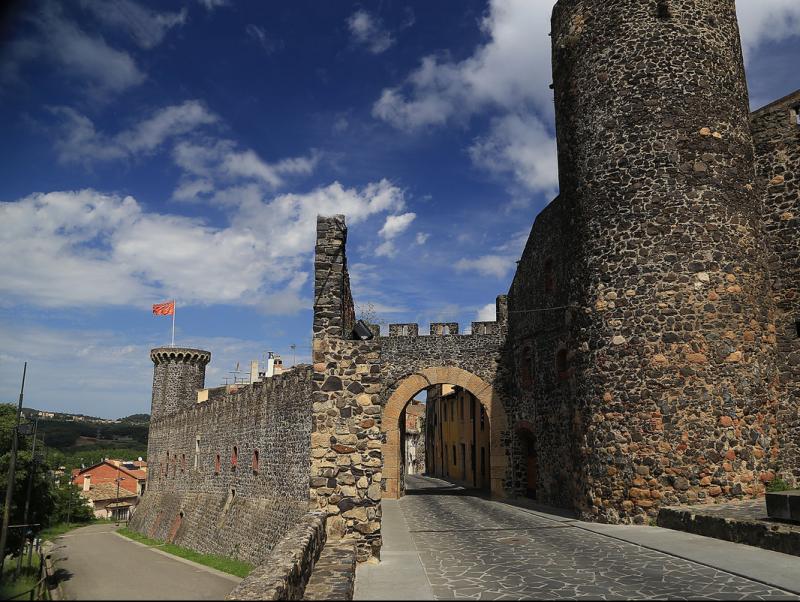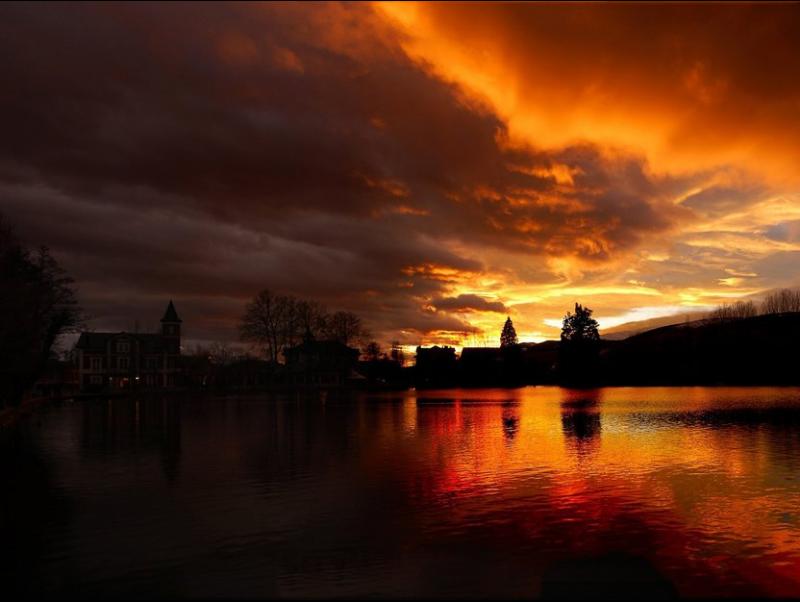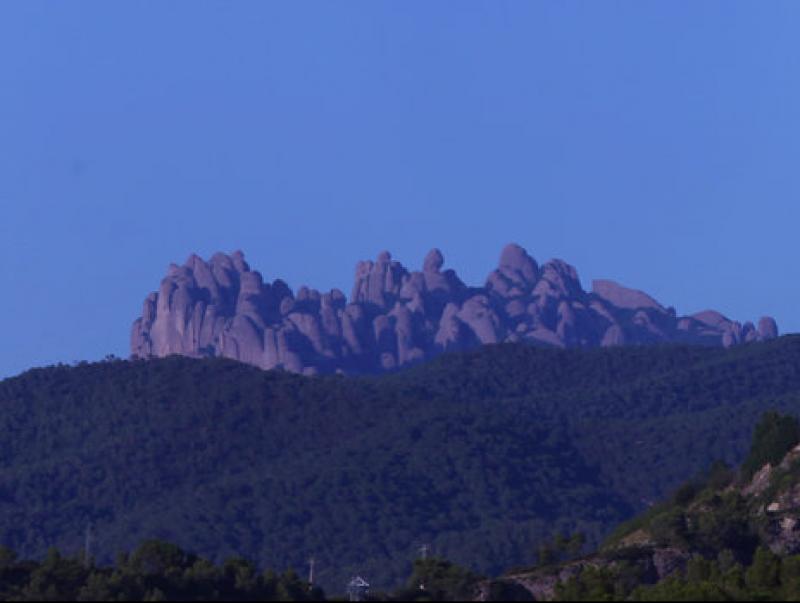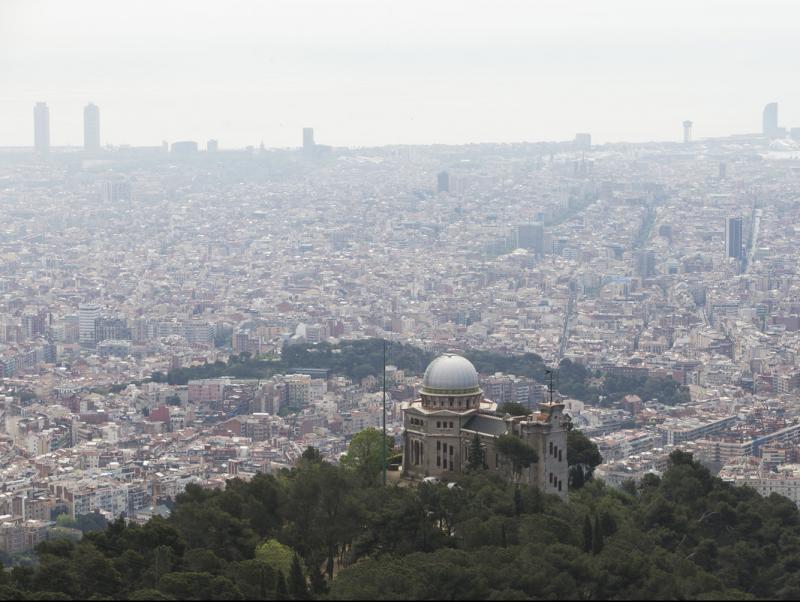Figueres: a city devoted to Dalí
The story goes that the Figueres Dalí Theatre-Museum came to be after the city’s mayor Ramon Guardiola asked Salvador Dalí for artworks so he could open a room bearing his name in the Empordà Museum. Initially the artist gave an ambiguous answer, but some time later when visited by his friend Melitó Casals (known as Meli), the photographer who captured many moments of the painter’s life, Dalí told him that a single room was not enough and that he wanted a whole museum for himself.
From there arose the idea of restoring the Principal Theatre, which had been burned by Franco’s troops. It was chosen by Dalí for several reasons: because he considered himself a theatrical painter, because the building was in front of the church where he was baptised, and because one of the rooms in the theatre had hosted his first exhibition, presented together with the local artists Josep Bonaterra and Josep Montoriol.
The building, which Dalí himself declared “a museum that lives an earthly reality, but under the dome is kept the amazing world of surrealism”, changed the cultural mood of a city in which the itinerary called the Route of Ants today passes by the most unique spaces of Figueres linked to Dalí.
It is a two-way proposal that can start either at Nº 6 (today Nº 20) Monturiol Street, where the artist was born, or at the other end of the itinerary, at the Theatre-Museum. Between those two points is to be found the house where the Dalí family went to live in 1912, the Rambla – the city’s nerve centre where Dalí would walk, talk, and spend time in the Astoria café and in the Canet bookshop – and the Empordà Museum, which, along with a very good collection of works by local artists, also features Dalí’s Sant Narcís painting (1962).
Another stop is the Toy Museum of Catalonia, housed in the old Paris Hotel, where there is a space dedicated to the childhood and adolescence of the artist in the form of toys, school notes and photographs, as well as Don Osito Marquina, his soft toy christened by the poet Federico Garcia Lorca. Meanwhile, the church of Sant Pere is where Dalí was baptised and where his funeral was held, a solid, gothic and imposing building that stands out on the city’s skyline.
The birthplace
Recalling Dalí through the landmarks in his life inevitably leads us to the house where the artist was born. It is a modernist building from 1898 by the architect Josep Azemar. The Dalí family occupied a lower floor of the building located at Carrer Monturiol 6 (now Nº 20). Dalí’s father had his notary’s office on the ground floor of the building. In 1912, the family moved to Nº 10 (now Nº 24) on the same street.

